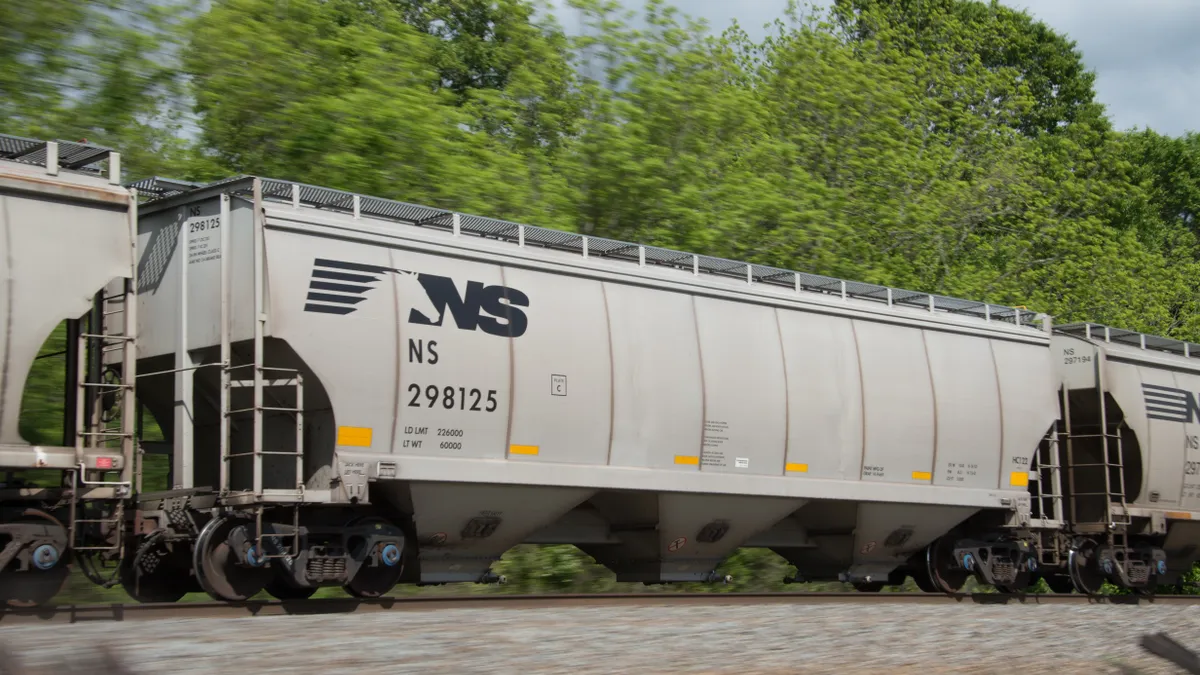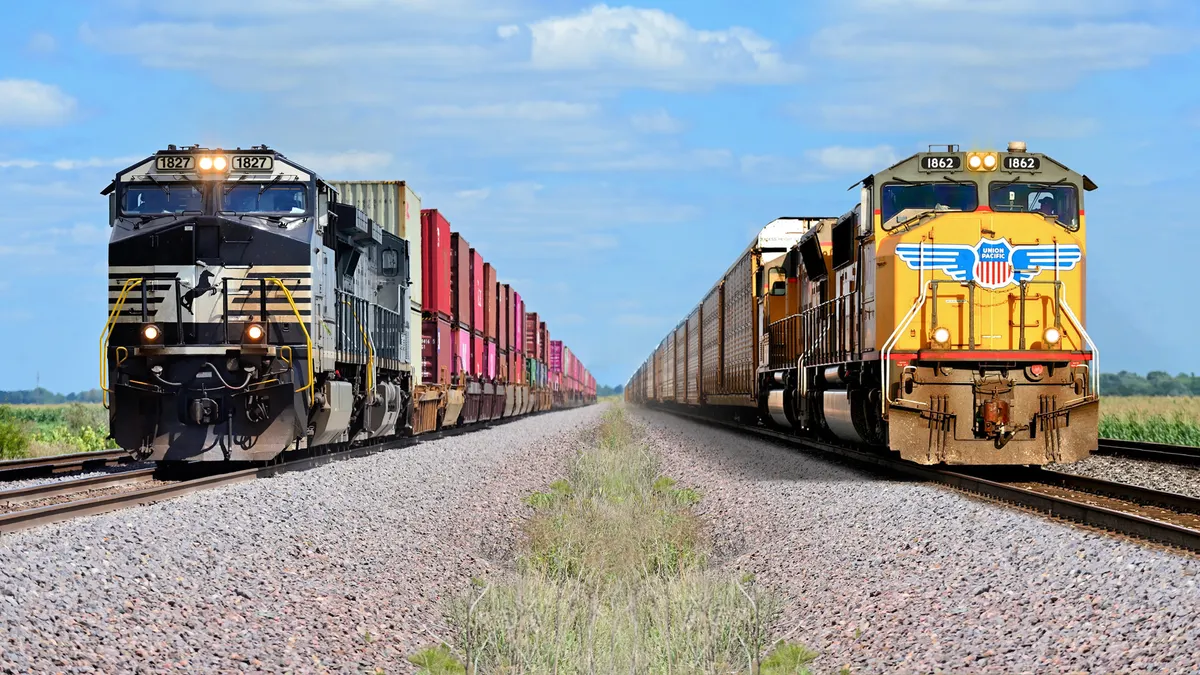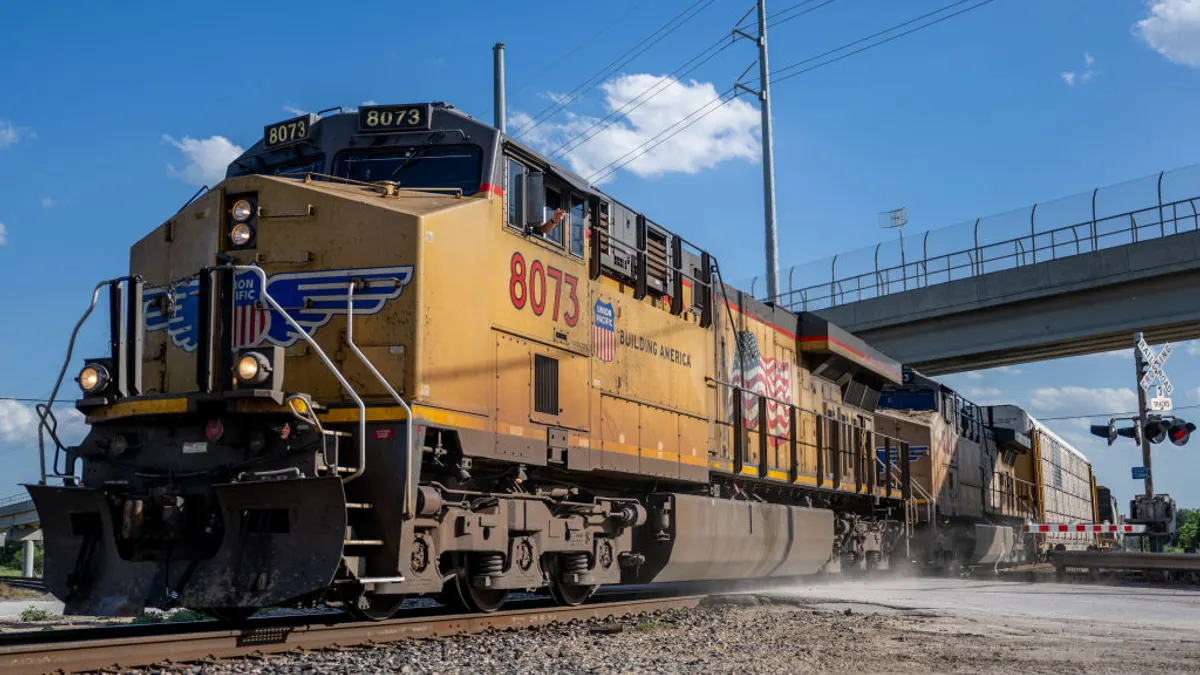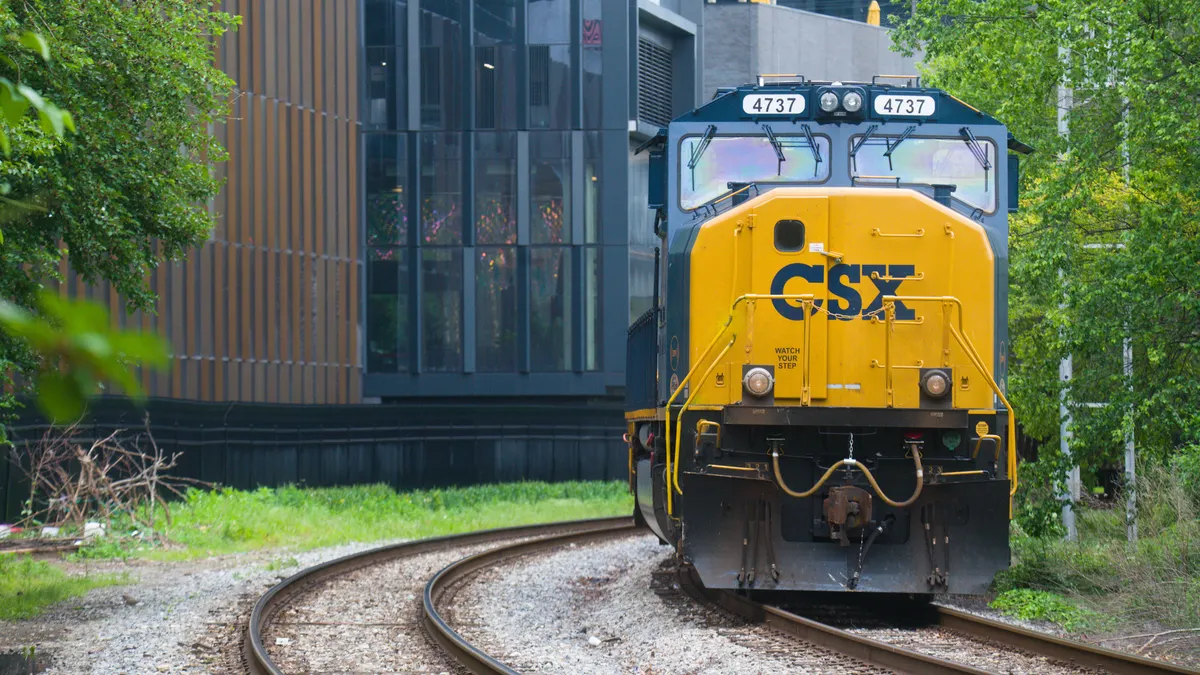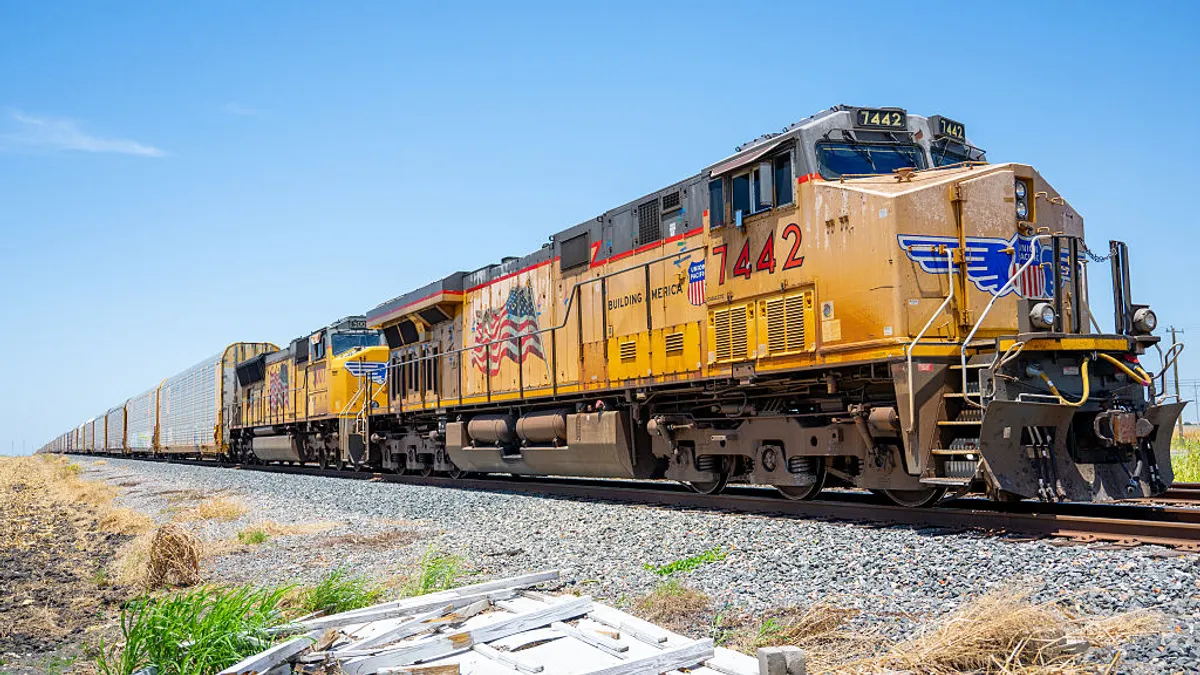In contrast to the majority of Class I railroads shedding lines and closing yards under the precision-scheduled railroading (PSR) philosophy, BNSF is adding logistics centers to serve customers in metropolitan areas.
The railroad, wholly owned by Warren Buffett's Berkshire Hathaway, has escaped some of the financial market pressure to improve the company's operating ratio (OR) that has driven the other railroads to adopt the strategy, albeit at different levels. You could say the PSR motto is "less is more." Shippers say it's more like "less is less." Meanwhile, BNSF might say, "more is more.”
BNSF is expanding instead of contracting
In March 2019, BNSF announced groundbreaking on a new logistics center in Hudson, Colorado, joining existing facilities in Fontana, California (2006); Oklahoma City (2018); Sweetwater, Texas (2014); and Wilmington, Illinois (2016). The logistics center investments are part of BNSF's strategy to serve bulk and merchandise customers as well as the intermodal segment.
"Our volumes in the agricultural and industrial products segments each saw nearly 10% year-over-year volume growth in 2018," Colby Tanner, assistant vice president for economic development at BNSF, told Supply Chain Dive.
The logistics centers function as rail-served business parks, with several businesses located in one consolidated area with access to highways and the BNSF rail network, Tanner said.
The BNSF logistics centers are designed to serve businesses that need to move either a few carloads at a time or an entire train of freight.
They're designed for businesses that don't have the need or space to have direct rail service to their facility. Instead, the logistics centers provide rail service for customers that ship various commodities from the business parks.
Investing in customers
BNSF targeted Denver for the most recent logistics center investment to create sites in under-served and primarily end-user markets, Tanner said.
Known as Logistics Center Hudson, the fully permitted development 30 miles north of downtown was designed to help customers more easily reach Denver and surrounding markets via new rail-served sites. Like other BNSF logistics centers, customers locating at Hudson can save nine months or more of development time and expense because BNSF has already prepared the infrastructure at the site.
The 430-acre facility contains 15 sites for customers who plan to ship via individual railcars and a unit train site for customers who ship entire trainloads, the company said in a press release. Intermodal shippers can use BNSF's Denver Intermodal Facility, located just north of downtown.
"Since the greater Denver area has high population density and the potential for further growth, locating a logistics center to serve industrial and agricultural customers is one way we can grow our own business in the area, while enabling those customers to grow their own business and save on transportation costs by locating at a rail-served facility," Tanner said.
PSR: Will they or won't they?
At the annual Berkshire Hathaway stockholders meeting, Chairman and CEO Warren Buffett said he would consider some form of PSR for BNSF after watching the success at the other railroads.
"We are not above copying anything that is successful ... If we think we can serve our customers well and get more efficient in the process, we will adopt whatever we observe, but we don't have to do it today or tomorrow. But we do have to find something that gets at least equal and hopefully better customer satisfaction and that makes our railroad more efficient," Buffett said to shareholders in the annual marathon meeting.
But the BNSF network and customer base are different than the other railroads, so it doesn't fit the mold of PSR operations, independent rail analyst Tony Hatch told Supply Chain Dive.
Under PSR, a train operates like a commercial airliner, departing at its scheduled time, not when it's full. Each railcar has a trip plan from origin to destination, rather than managing operations at the train level. PSR principles include pruning the traditional hub-and-spoke railroad network for more direct routes with less handling of cars.
"The idea of mixing multiple commodities on an intermodal train from L.A. to Chicago doesn't work for them."

Tony Hatch
Independent Rail Analyst
Much of BNSF's traffic, such as intermodal, crude by rail and sand, move loads in one direction with empty cars returning.
"The idea of mixing multiple commodities on an intermodal train from L.A. to Chicago doesn't work for them," Hatch said.
The low density, imbalanced traffic flows mean BNSF would likely not see as great of an impact on the operating ratio that the other railroads are experiencing.
"BNSF has made a good case how they already run to schedules in many cases, and PSR doesn't apply to them a huge percentage the time," Hatch said. "Development of the logistics terminals has nothing to do with PSR, but it is a big piece of the business with big growth potential. That's one of the reasons why they resist fully implementing PSR."
Ultimately, going all-in on PSR could harm BNSF more than it helps.
"The fear is that by adopting PSR you compromise your unbalanced but good operation and thereby give up growth potential in intermodal, for example," Hatch said.
Correction: A previous version of this article mischaracterized funding for the logistics centers and incorrectly stated the open date of the Wilmington, Illinois, center.






